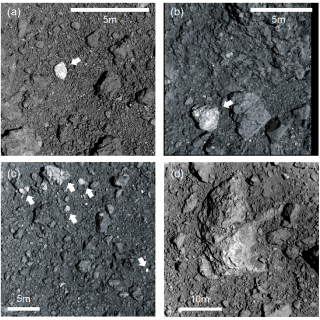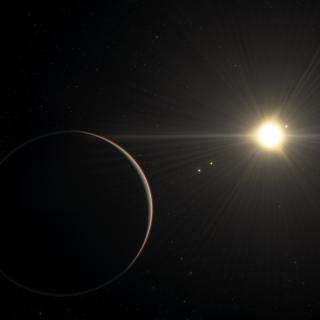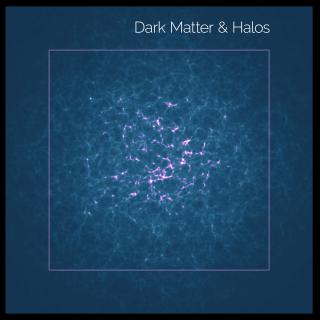
During the past 25 years astronomers have discovered a wide variety of exoplanets, made of rock, ice and gas, thanks to the construction of astronomical instruments designed specifically for planet searches. Also, using a combination of different observing techniques they have been able to determine a large numher of masses, sizes, and hence densities of the planets, which helps them to estimate their internal composition and raising the number of planets which have been discovered outside the Solar System.
Advertised on




